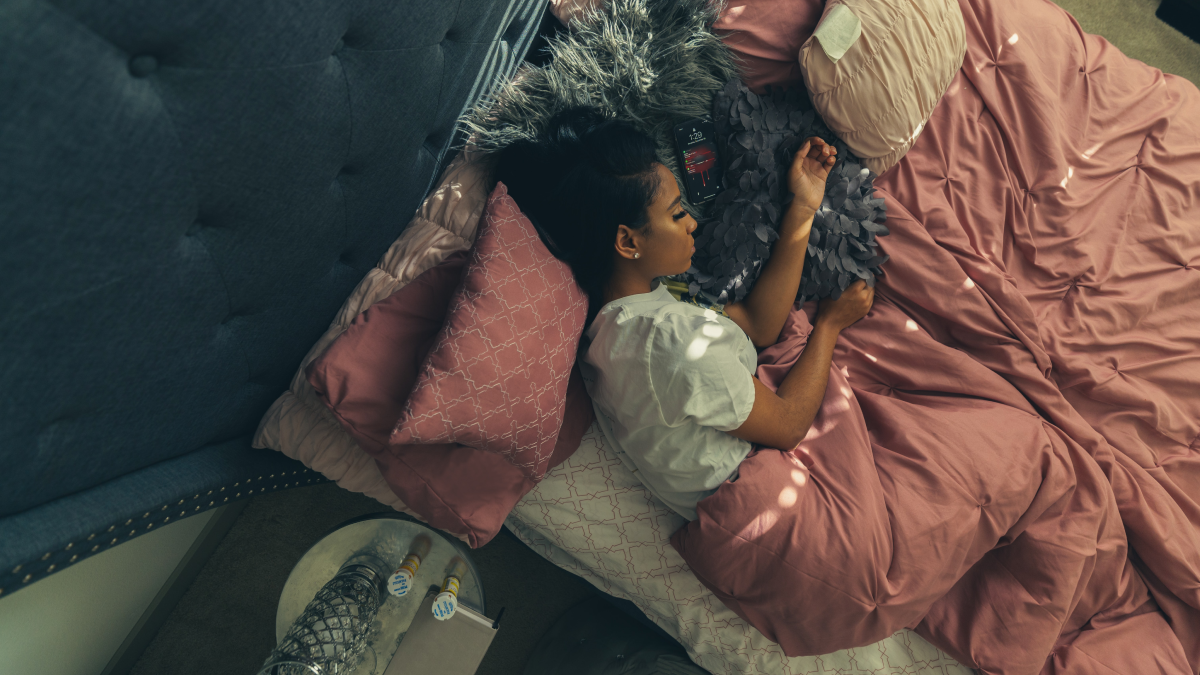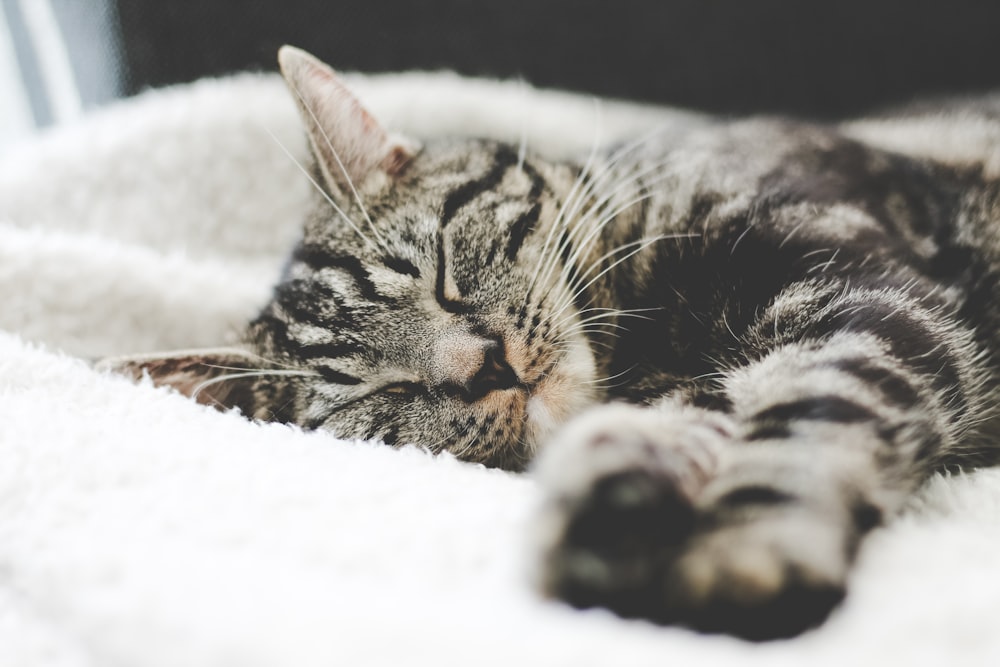
Shift work sleep disorder occurs when your circadian rhythm (your body’s internal clock) is off. When you’re awake at night, working, and asleep during the day, it throws off your circadian rhythm.
Working on a shift schedule (such as working the graveyard shift) is often required in hospitals, call centres, and other workplaces that operate 24 hours a day. If you happen to work in one of these 24-hour establishments, you may have to regularly cover overnight shifts and figure out ways to adapt your sleep to your irregular schedule. This is absolutely essential because you need to get deep, proper sleep every day in order to maintain a healthy life balance and feel your best each day. Shift work sleep disorder can be a quite serious threat to your health that you need to ensure you prevent.
Nurses, for example, often work overnight shifts and have trouble sleeping when they’re off work. Why? Because, well, it’s daylight – and it doesn’t feel natural to your body to sleep during the day.
Are you a shift worker struggling to get proper sleep due to your shift schedule at work? Are you wondering what exactly shift work sleep disorder is and how to prevent it? Here is everything you need to know about getting better sleep on a shift schedule:
What is Shift Work Sleep Disorder?
Shift work sleep disorder (also known as circadian rhythm sleep disorder) is characterized by sleep problems that come about because of working long and irregular hours. If you’re nocturnal and you’re up all night, then sleeping all day, you may have shift work sleep disorder.
Shift work schedules often go against people’s internal body clock, disrupting their circadian rhythm in the process. The disorder mostly affects employees working early morning, night, and rotating shifts. Over time, shift work disorders can lead to serious health consequences including but not limited to cancer, metabolic and cardiovascular diseases, and more.
Shift workers are also more prone to fatigue and insomnia, so this also affects their productivity and safety due to impaired concentration and fatigue.
It’s not that they aren’t given enough time off to sleep. The issue is typically that during their time off work, it’s daylight, and their ability to sleep is therefore very impaired.
Lack of proper sleep may affect a shift worker’s mood, so it could have negative effects on their relationships. Shift workers need to be proactive in making sure they have a plan in place to combat this disorder and get the best sleep they can.

Strategies for Better Sleep on a Shift Schedule
Now that you know what shift work sleep disorder is, it’s time to discuss the various ways you can combat it.
Perhaps you’re not able to change your shifts to regular hours. It’s possible you need to gain seniority at your work before you get better shifts. This means, for now, you’ll simply have to learn how to sleep while it’s daylight out.
Here are a few smart strategies you can use to get the proper sleep you need to thrive and keep the threat of shift work sleep disorder at bay.
1. Manipulate the Lighting
As one of the most powerful drivers of our circadian rhythm, light could be used to help you sleep better when sleep is needed and also help you feel more awake during work hours. Thus, light therapy and avoidance should be used strategically to help you cope with shift work sleep disorder. For instance, exposure to bright light could help you feel more awake and delay when you start feeling sleepy, so bright light therapy may be used before you start work. Shift workers may also use daylight lamps at work to help improve their alertness, productivity and mood at work.
Essentially, you’re using these daylight lamps at night to trick your body into thinking your circadian rhythm is normal.
On the other hand, if you need to sleep during the day after a long night shift, you’ll need your ‘sleeping during the day’ armour. This is what you need to do:
- Wear sunglasses when you get off work
- Install blackout curtains in your home
- Invest in a A-grade sleep mask like Manta Sleep’s 100% blackout sleep mask
This type of armour is crucial to minimize your exposure to daylight as much as possible. This will help you sleep better, even as a shift worker.

2. Make Your Bedroom a Sanctuary, Conducive for Sleep
The way you set up your bedroom plays a major role in the quality of sleep you get. For example, you will want to avoid hanging up complex looking paintings that will cause your mind to keep working when you need to rest. Also, remove gadgets and electronics that can be a distraction before you rest. Consider leaving your phone in another room so you aren’t tempted to scroll down your social media feeds “just one more time” (which always ends up taking much longer), as the blue light from your screen can disrupt your sleep.
It is also crucial to have the right ambient room temperature to help you sleep better. Nocturnal melatonin levels are controlled not just by the loss of daylight at dusk, but also by the drop in temperature which coincides with the setting of the sun. That said, 18.3°C (64.94°F) is ideal for the sleep of most people but this may still vary from person to person. On top of this, ensure that you have the right mattress that’s comfortable for you! The last thing you want to do after a long night shift is lay down on an uncomfortable mattress that is difficult to sleep on.
Don’t forget to cover your windows with high-quality blackout curtains. If cracks in the curtains are letting some daylight through, that’s where your sleep mask comes into play.
3. Follow Pre-Sleep and Post-Sleep Rituals
Many people thrive off routines. Thus, to get ready for sleep near the end of your shift work schedule, follow a regular bedtime ritual that tells your body it’s time to rest. For example, pre-sleep preparation steps like emptying out your bladder, washing your face, and taking a hot shower can help ensure you will have better sleep. Practising good pre-sleep rituals is also known as having good sleep hygiene.
Post-sleep routines such as bright light therapy, eating breakfast, and doing gentle mental challenges can also help you go from being sleepy to fully awake for your next shift. This could help prevent the onset of shift work sleep disorder.







This Post Has 2 Comments
Comments are closed.